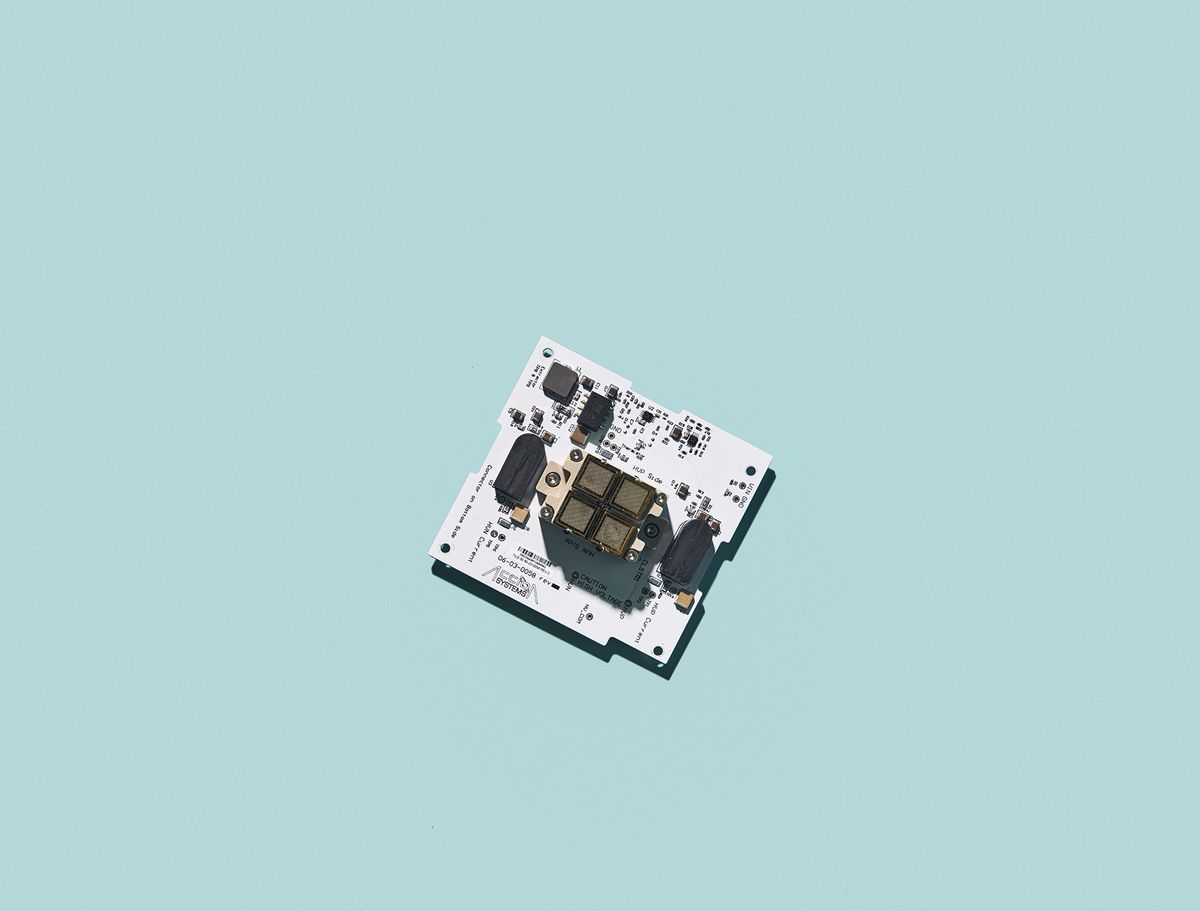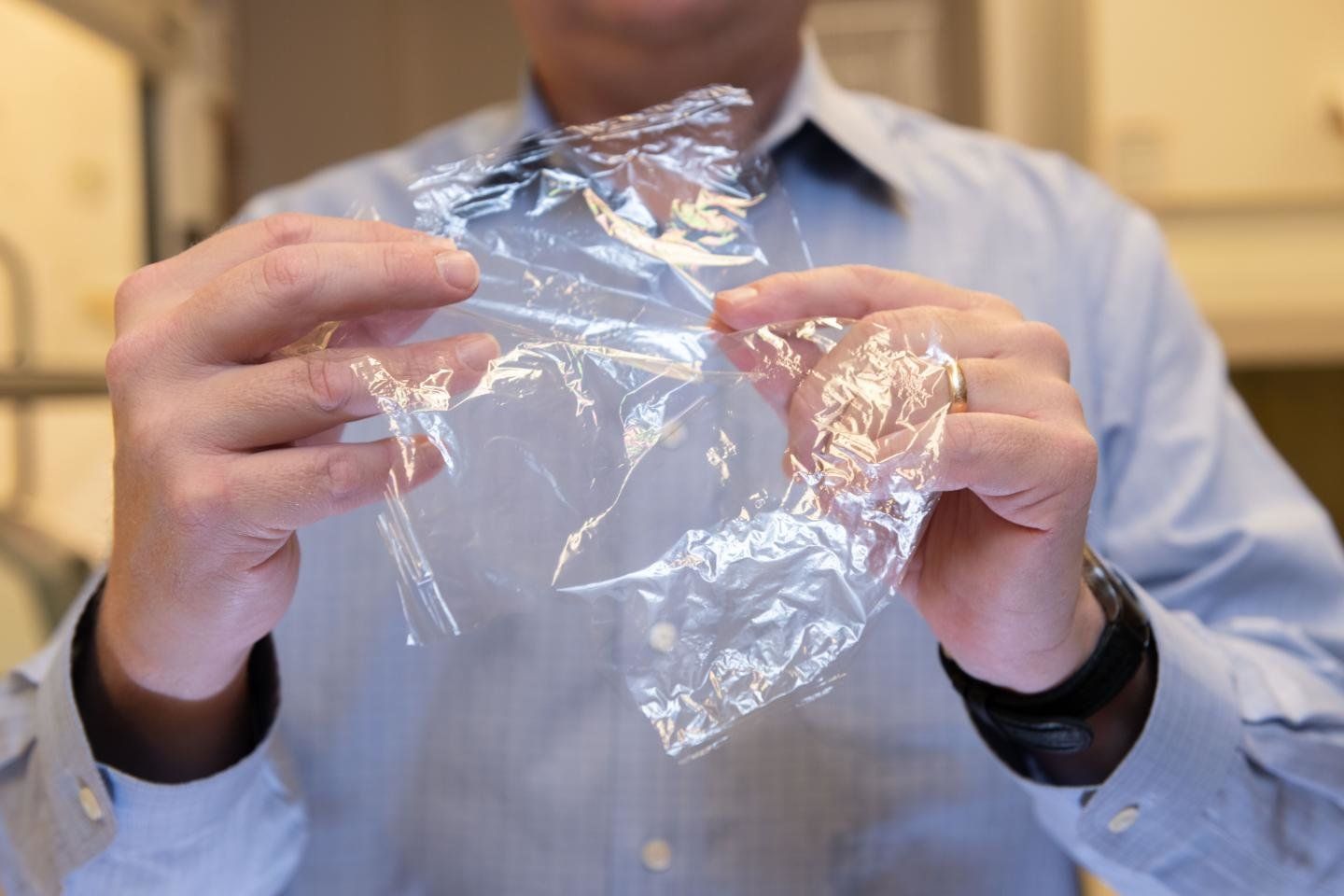Hopefully in the future, when somebody tells you they will be making an appointment with a surgeon for an augment, they will come back smarter. The world will be a better place for it.
Reprinted with permission from the author.
Eric C. Leuthardt, M.D., is a neurosurgeon who is currently a professor with the Department of Neurological Surgery and the Department of Biomedical Engineering at Washington University in St. Louis. He is Director of the Center for Innovation in Neuroscience and Technology and the Brain Laser Center. His work has yielded him numerous accolades as a scientist, a neurosurgeon, and an inventor. He was named one of the Top Young Innovators by MIT’s magazine Technology Review. The magazine names individuals under the age of 35 each year whose work in technology has global impact. In addition to numerous peer reviewed publications, Leuthardt has numerous patents on file with the U.S. Patent and Trademark Office for medical devices and brain computer interface technologies.






